At Mahendra Non-Ferrous, we take pride in operating a fully equipped in-house foundry that supports the complete casting process — from initial design to final inspection. Our facility enables us to maintain strict quality standards, optimize production timelines, and reduce external dependency, resulting in cost-effective and high-precision castings for diverse industries.
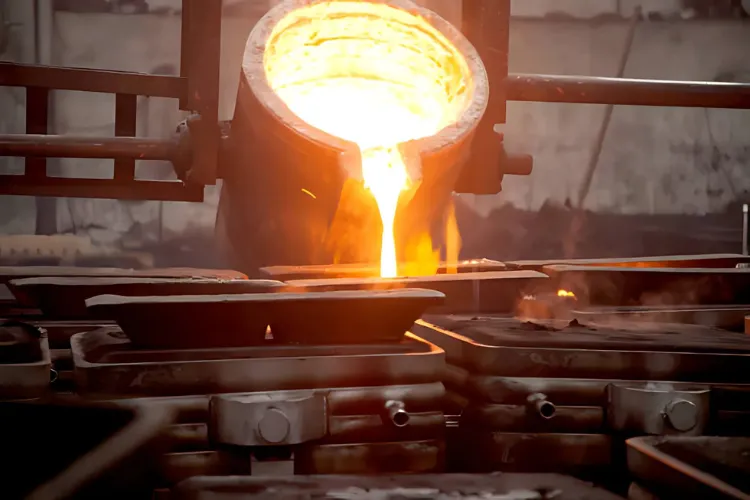
Aluminium Casting Furnaces
Our in-house furnace setup efficiently handles gun metal castings, allowing for precise control over batch sizes and alloy consistency.
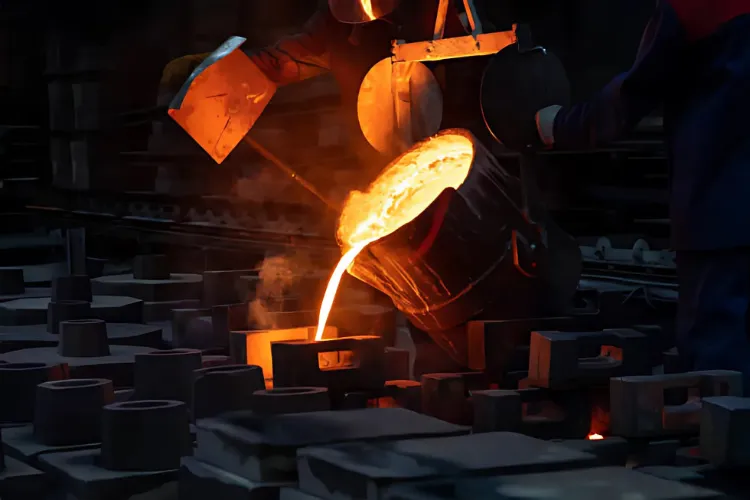
Gun Metal Furnace Capacity
Melting Capacity Range: 100 kg – 150 kg per cycle
Our in-house furnace setup efficiently handles gun metal castings, allowing for precise control over batch sizes and alloy consistency.
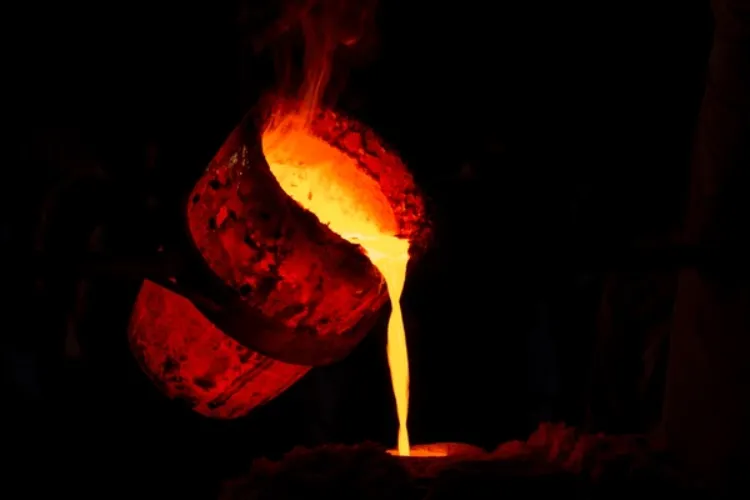
Brass Furnace Capacity
Melting Capacity Range: 100 kg – 150 kg per cycle
Our brass melting facility supports medium-scale casting with reliable temperature control for optimal flow and finish quality.
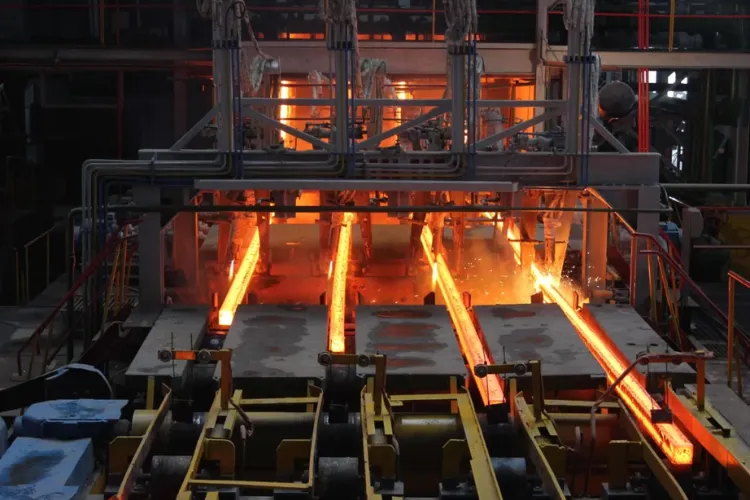
Aluminium Bronze (Type 1 & 2) Furnace Capacity
Melting Capacity Range: 100 kg – 150 kg per cycle
Ideal for wear-resistant and corrosion-resistant components, our aluminium bronze melting setup delivers consistent metallurgical properties across every batch.
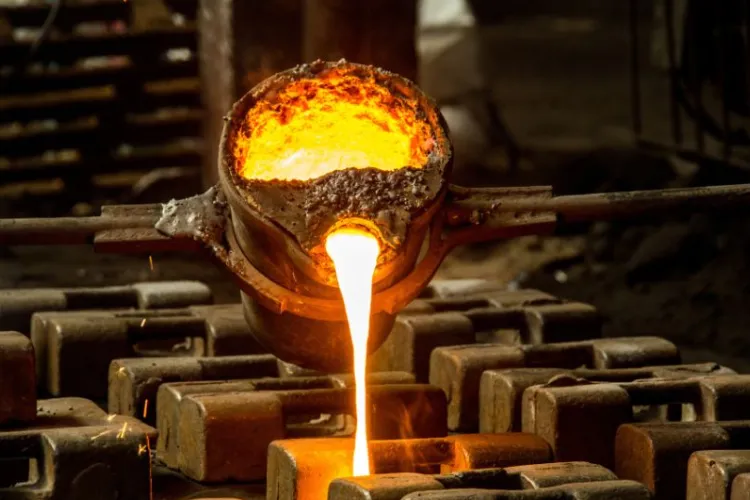
Phosphor Bronze (Type 1 & 2) Furnace Capacity
Melting Capacity Range: 100 kg – 150 kg per cycle
Our in-house setup for phosphor bronze ensures high strength, fatigue resistance, and precise alloy composition for critical industrial applications.
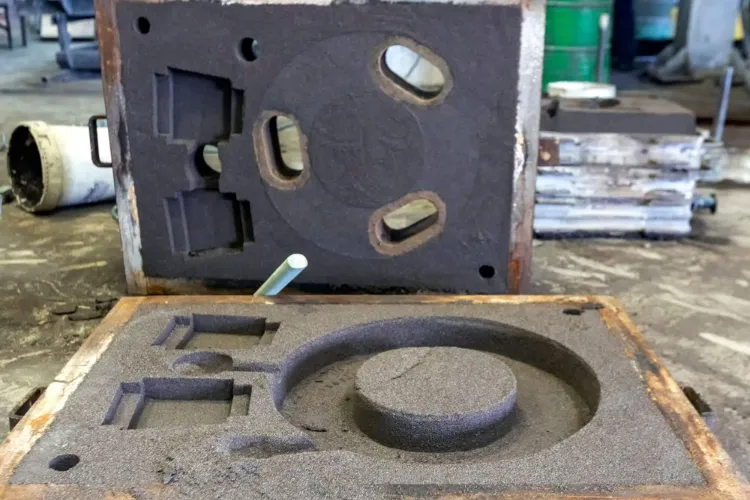
Uses disposable sand molds for each casting
Metal is poured manually using gravity
Low tooling cost, ideal for prototypes and custom parts
Suitable for low to medium production volumes
Slower production speed due to mold preparation
Can produce large and heavy parts
Offers flexibility in part size and shape
Surface finish is rough and usually needs machining
Dimensional accuracy is moderate
Heat treatment is generally feasible
Supports use of cores for internal cavities
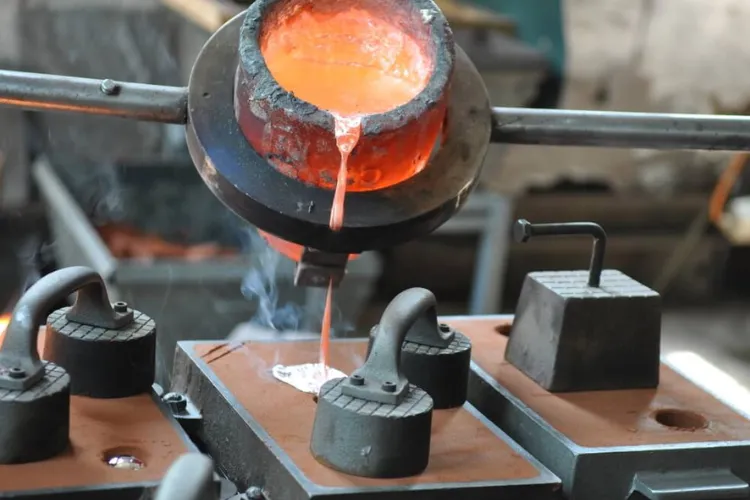
Uses permanent metal molds, filled by gravity
Suitable for medium production volumes
Offers better surface finish and accuracy than sand casting
Moderate tooling cost
Slower than pressure die casting but faster than sand casting
Can produce thicker wall sections
Suitable for robust and strong parts
Sand cores can be used for internal features
Ideal for parts needing better mechanical strength
More consistent part quality over multiple runs
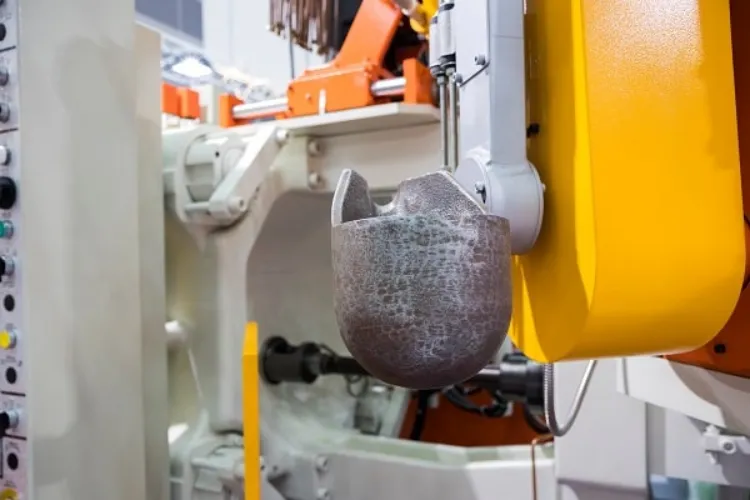
Uses high-pressure injection to fill metal molds
Best for high-volume production and complex parts
High initial tooling cost, but low per-part cost at scale
Very fast production cycle and excellent surface finish
Suitable for thin-walled, lightweight components
Not ideal for heat-treated parts (due to porosity)
Not suitable for large or heavy castings
Limited use of cores or internal voids
Requires precise mold engineering and control
Ideal for industries like automotive, electronics, and appliances